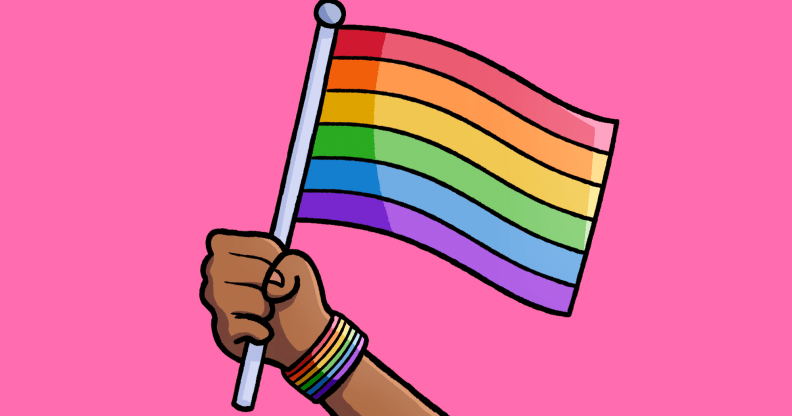US study claims LGB population is less than 3%

A new poll published in the United States on Wednesday claims that there are considerably less gay, lesbian and bisexual Americans than previously estimated.
The gay population is normally estimated at around 5%.
The survey threw up some interesting results. Just 3.5% of the LGB population is over 65, while the average age of LGBs over 18 is lower than in the general population.
“Exit polls are based on voters, the people who show up at the polls. Gays and lesbians vote much more consistently than the general population,” Professor Patrick Egan of New York University, one of the poll’s authors, explained to The Advocate.
Women made up two thirds of those who said they were bisexual, whereas men made up two thirds of the gay/lesbian respondents.
The Office for National Statistics spoke to PinkNews.co.uk earlier this year about why it does not propose to ask a question about sexual orientation in the 2011 Census.
The Census is conducted every 10 years by the ONS and every household in the UK is legally required to fill out a census form.
The Treasury estimates that 6% of the UK population are lesbian, gay or bisexual.
A spokesman for the ONS told PinkNews.co.uk that they do not propose to ask a question in 2011 as they feel there are better ways to collect “timely and reliable” sexual identity information.
“In a survey environment information will be supplied by the person to whom it pertains and will not be shared by other householders,” he said.
“Privacy and confidentiality were the key concerns expressed by both the lesbian, gay and bisexual and heterosexual groups in the focus group testing.”
Census forms are filled out by the head of the household and not by individuals who live there.
ONS is developing and testing a question that can be used on social surveys that could be added to other ONS surveys, such as the Integrated Household Survey.
ONS has tested different versions of the sexual identity question.
The spokesman said:
“If, as planned, the question(s) were asked from 2009 onwards in a large household survey such as the IHS, baseline prevalence estimates will be available about three years earlier than 2011 Census counts.
“Survey estimates can be updated annually, enabling regular monitoring of the size, distribution and changing social-demographic profile of the LGB population.”
Unlike the Census, the IHS is not compulsory and does not cover every household in the country.
The ONS Sexual Identity Project was established in 2006 to “meet user requirements” for information on sexual identity.
The lack of a question on the Census has led to other social research organisations to exclude questions on sexuality, often citing the lack of a standardised question.
Final decisions on the content of the 2011 Census will not be made until the consultation and testing programme is complete and Parliament gives formal approval in 2010.
A White Paper setting out the Government’s proposals is scheduled for the autumn.
Last month it was revealed that just one in 100 people described themselves as gay in a recent ONS survey into British sexuality.
A further one in 100 described themselves as bisexual, 0.6 per cent said “other” and three per cent said they were not willing to declare their sexuality.
Some failed to to answer the question properly; responses included: “female”, “normal”, “not active” and “I am OK with my sexuality.”
ONS asked 4,000 people but admitted that the results of the survey were “not a reliable estimate” of the gay population.
Last year Stephen Williams MP tabled an Early Day Motion in the House of Commons asking the government to ensure that a question is asked in 2011 about sexual orientation.
Mr Williams, the MP for Bristol West, welcomed the decision to ask a question about civil partnerships, but said that is important to know how many gay people there are in the UK.
“There will always be some dispute as to the proportion of people that are gay, lesbian or bisexual – is it 5%? 8%? 10%?
“It is important that the make-up of society is understood.”

